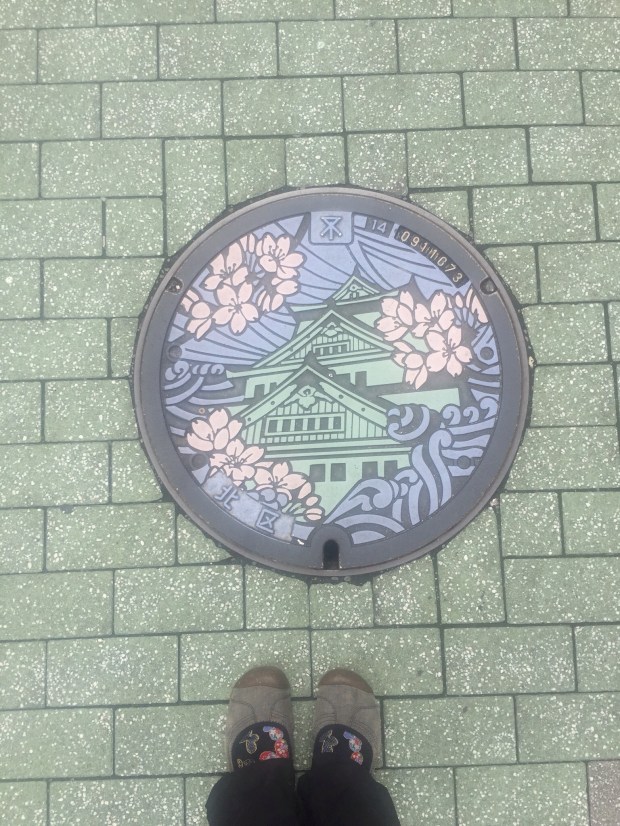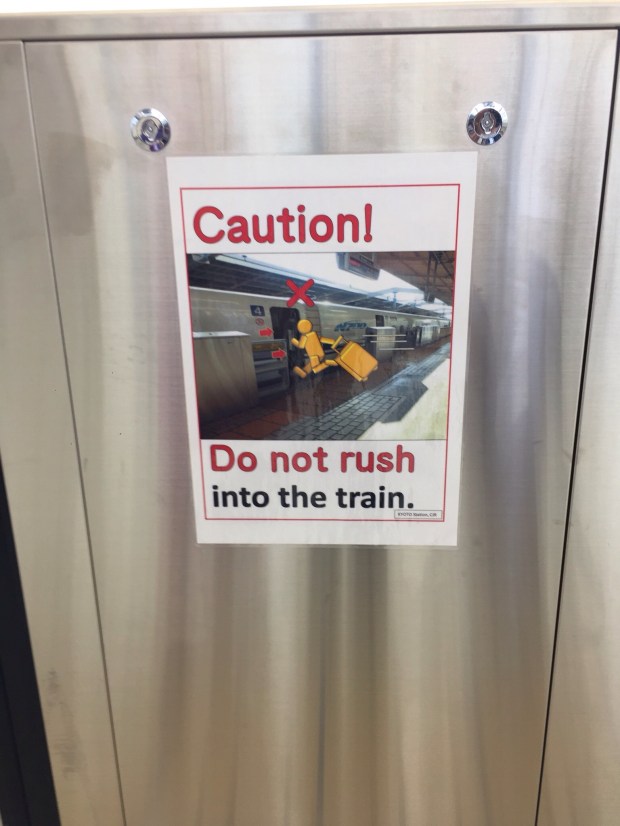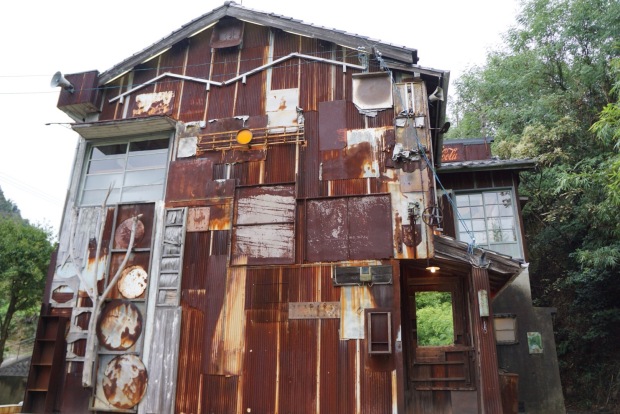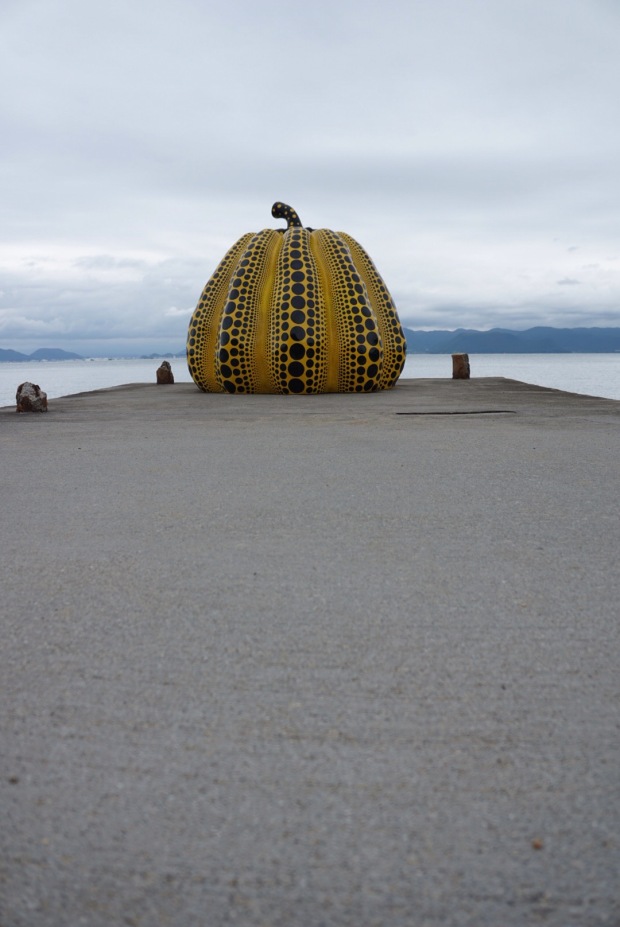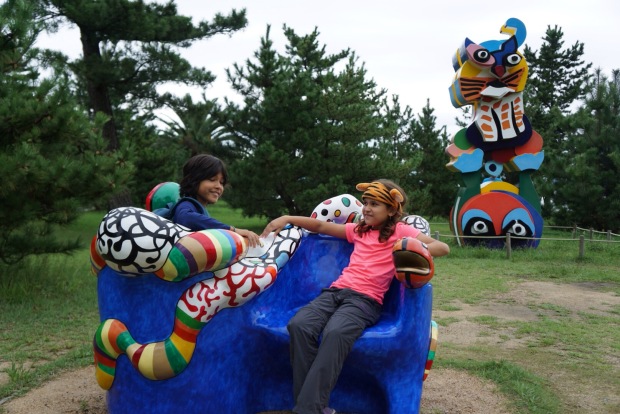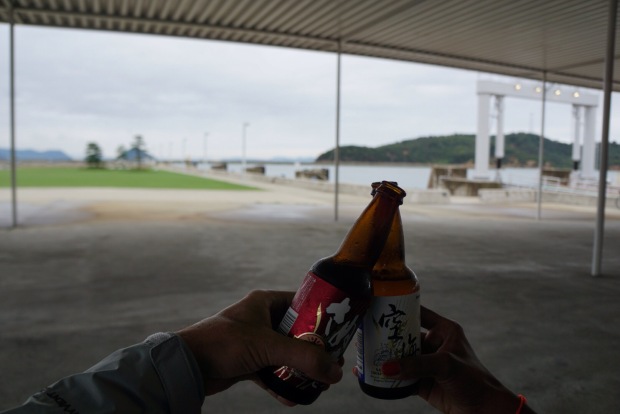Overall, we all loved Japan though it was harder than I had anticipated to travel there. Here’s some thoughts, in no particular order.
1. The language. Very, very few people speak English here. I don’t mean to sound like the typical Ugly American Tourist, only to comment that it can be hard to get around. Not only is it hard to communicate with people, but little of the signage outside of a train station is in English, so navigation is tough too. In Vietnam and Cambodia, most things were dual signed, even in Phnom Penh which isn’t set up for tourists as much as Siem Reap. And in Vietnam the script is roman script, so even if I don’t know what something says, I can match it up to the street on my google map or a restaurant name a lot easier. Trying to do that by matching Japanese characters is a lot harder. And weirdly, sometimes things would have one or two words in English on it but then would be otherwise in Japanese. Like a menu would say “Lunch Menu” at the top, but then all below was indecipherable to us. Using the google translate app gets you only so far. For us, this meant that one of our favorite things about traveling so far, which has been connecting with the people and learning about their lives, was much harder. If we were to come back for any longer period of time, I would try to pick up some conversational Japanese.
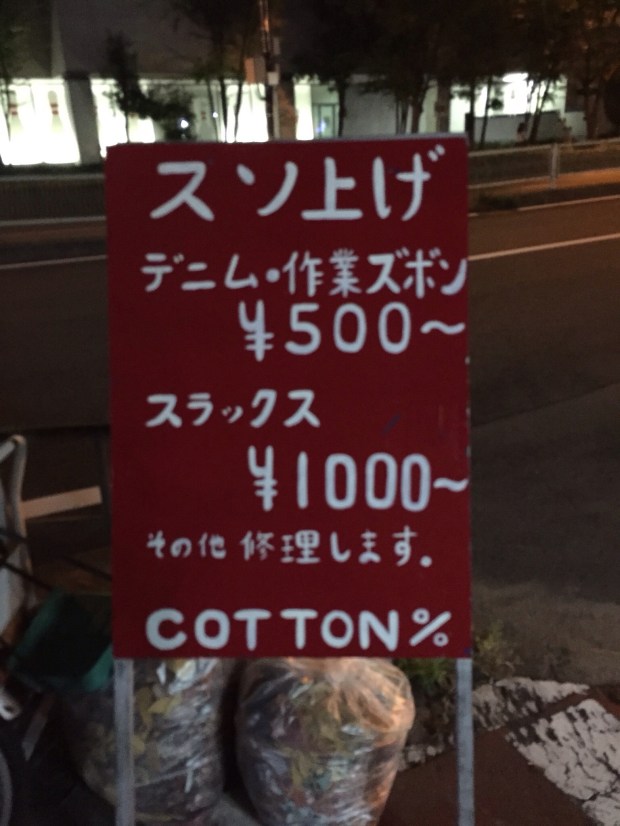
2. The food. Just incredible, and maybe the best three weeks of food I’ve ever had. Being semi-vegetarian also made things harder especially with the language – we were largely hemmed in by places that had English menus so we knew what we were ordering. Many restaurants are these tiny five to six seater places, and we loved that, sitting at a counter while chatting with the chef as we were able. We eat fish and so sushi was always the easy and relatively cheap option. We had ramen as well several places, and I’m 90% certain that it was pork bone broth every single time, but who knows. With broth, while traveling, I generally follow a don’t ask/don’t tell policy. There is so much more to Japanese food other than ramen and sushi, and we want to make some when we get home. The Onigiri, or seaweed wrapped rice balls, were delicious and would be perfect for kids’ lunches. We are going to miss the Japanese food so, so much. And the sake.

3. Etiquette. Japan is a notoriously polite society, where people do things in a certain way and look down upon you if you do things the wrong way. We tried to be as respectful of this as possible, following etiquette as we could. However. I stopped caring quite so much when I noticed that people sneeze INTO THE OPEN AIR. Into a crowded subway car even. I’m convinced that this is how I caught a cold while I was there. After that, I stopped trying to be so precise about everything. I mean, I felt like this was one area which we did better than the Japanese, and I just figured that as a foreigner, we’re never going to get it all correct so it was better just to relax about it a bit.
4. Shopping. There are malls everywhere. They are huge and confusing, as most don’t have any walls between the separate stores. Everything in the malls is insanely expensive, like you’re shopping at Neiman Marcus but in every store. They are full of people. Who are these people? What are they buying all the time? Where do they put it? We never found out. If you do shop in Japan, bring your passport with you though as foreign travellers get their tax refunded to them.
5. People. For the most part, people were warm and welcoming to us, even with the language barrier. The only time this didn’t happen was when we went into small restaurants that clearly only catered to locals, had no English around, and all conversation stopped when we walked in. One of these we walked into and asked for a menu. The chef looked at us like we had three heads and pointed to the wooden boards hanging all around the restaurant, written in Japanese, as if to say, “you morons, the menu is literally written on the walls.” We backed out slowly and didn’t go back in.
6. Money. Japan has a reputation for being extremely expensive, and I have to say I didn’t find this to be the case. Overall, it was about as pricey as your average American city travel, and cheaper in some cases, partly thanks to the weak yen and strong dollar. I’ve easily spent more for the same housing and meals in NYC. Average Air Bnb was $60-120/night and an average meal for us was between $10-18 a person, including drinks. You can, of course, find much more expensive options and much cheaper options if you look. Even Disney tickets in Japan are considerably cheaper than the US, honestly. It’s not cheap cheap travel like in Southeast Asia, but it wasn’t like every meal cost us $100.
7. Public Open Spaces. There are none. Other than the manicured gardens requiring pay entry, there were no open parks with benches for people to sit and rest in, and we happened across zero playgrounds during our entire time there. We were walking so much every day that the kids got their exercise in, but it was odd. In general, Japan is a culture where things aren’t done in public. For example, other than ice cream, people do not eat in public. So when we’d get those onigiri from the 7-11 and try to find a place to sit and eat them, it was tough. Do the kids not play much there? I have to wonder. There are also almost no public trash cans. Take it with you, people.
8. Restaurants with kids. This was tricky. First of all, you can smoke indoors at restaurants in Japan, so this made some places a bit tough to even go into. And kids aren’t really welcomed into bars at all, so even when we were just walking around and wanted to stop in for a drink while we found a place to eat on our phones, it just couldn’t happen.
9. Prettiness. Everything is pretty. Even the manhole covers. So lovely.
10. Vending machines. There are vending machines for everything purportedly, including underwear, but the only ones we saw were for drinks, liquor, and a vending machine for dashi stock. There’s also a lot of capsule toys and these are arranged in a long line where you can put in between $2-3 and get a little toy
And now, the street signs and others, Japan edition.

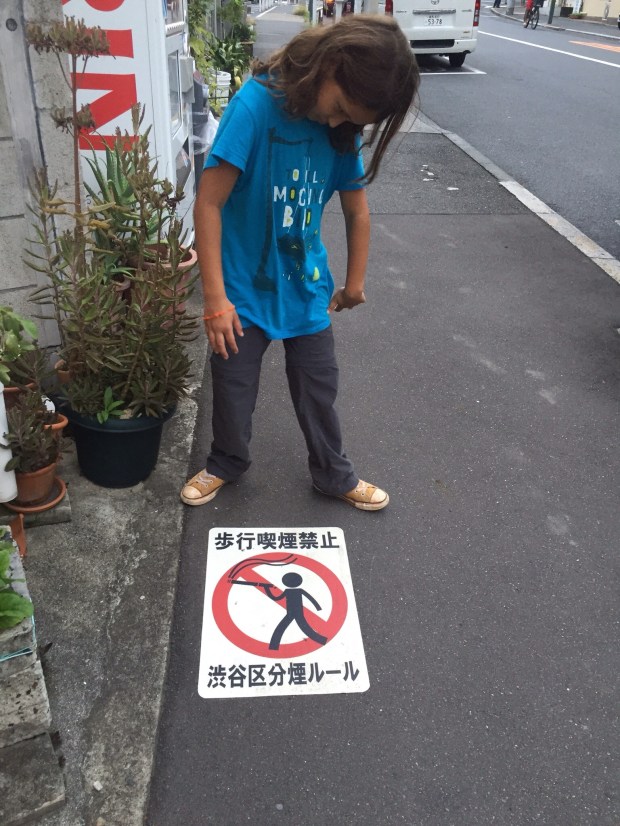
Do not smoke cigarettes as large as your entire body here. I assume small ones are okay. Or cheroots. Who doesn’t like a little cheroot once in a while anyhow?

No selfie sticks, no littering, no smoking, don’t lean on stairs, and most importantly DON’T TOUCH THE GEISHA

